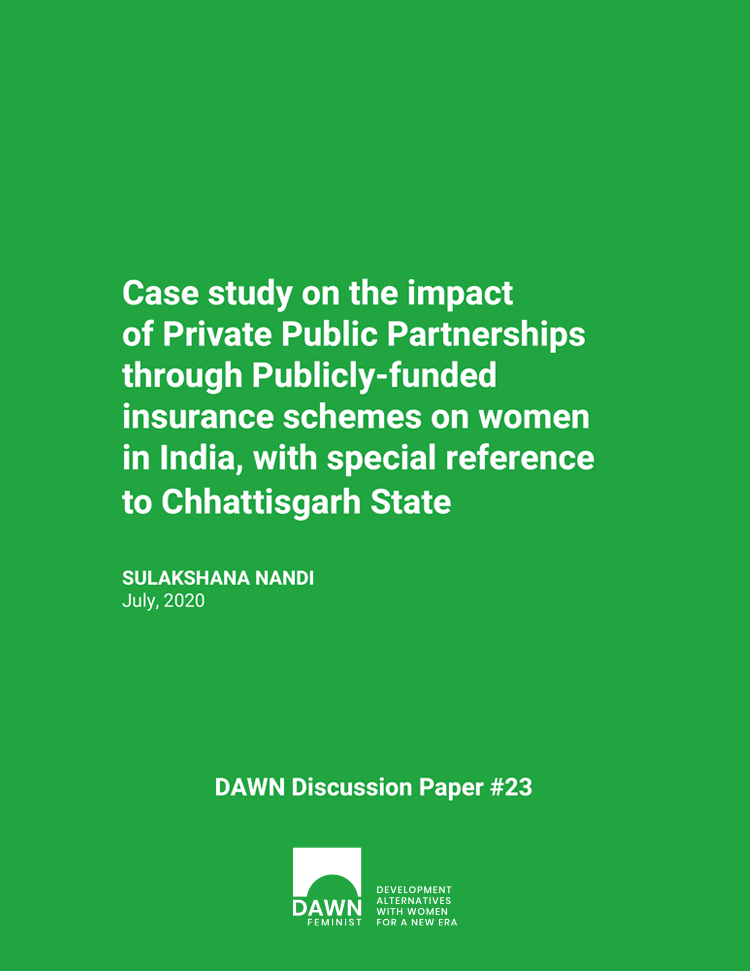Introduction
In India, profound inequities exist with respect to health service utilisation and access to health care, related to socio economic and political status, geography, and gender differences, amongst others (Balarajan, Selvaraj and Subramanian, 2011). This is reflected in higher mortality rates, a larger burden of disease, along with high levels of malnutrition among socio-economically vulnerable groups such as Scheduled Tribes (STs), Scheduled Castes (SCs)1 , rural populations, and urban poor. These groups have historically been subjected to a process of impoverishment and marginalisation, through exploitation by the dominant social and economic groups and lack of appropriate and responsive development processes (Drèze and Sen, 2013). Within this context of inequity, different groups of women face the brunt of multiple disadvantages and vulnerabilities that intersect with each other and that too at every stage of their lives. While India ‘progresses’ on its development paradigm in a liberalized economy, women have been the ones most affected by the increasing violence, dispossession and resource capture, environmental degradation, migration, informalisation of labour2 and dominance of the conservative right-wing. Age-old discriminatory practices such as sex-selective abortions, child marriage, dowry, witch hunting, honour killings continue. All this combined with inadequate increase in social welfare, decreases in public provisioning of public services and increasing privatisation has made women who belong to lower socio-economic categories, caste and tribal groups, more vulnerable. Women’s organisations and feminist organisations have been resisting and campaigning against the processes that undermine women’s status and agency. Struggles have been led by women belonging to ST and SC communities against capture of resources, displacement and corporatization and also against health privatisation. Recent mobilisations have been led by young women and wider solidarities built with other social movements.
Chhattisgarh is the tenth largest state in India, with an area of 135,191 km2, and the seventeenth most populous state in, with a population of just over 25.5 million (RGI & Census Commissioner, 2011). It is located in the south-eastern part of central India and became a separate state in 2000 when it split from Madhya Pradesh (Figure 1). It is divided into 27 districts.
1 Recognising the discriminatory nature of the ‘caste system’ in India, the Constitution of India classified disadvantaged social groups and communities into ‘Scheduled Castes’ (SC) and ‘Scheduled Tribes’ (ST) and made special provisions in order to undo socio-economic and political injustices towards them.
2 https://wcd.nic.in/sites/default/files/Executive%20Summary_HLC_0.pdf

